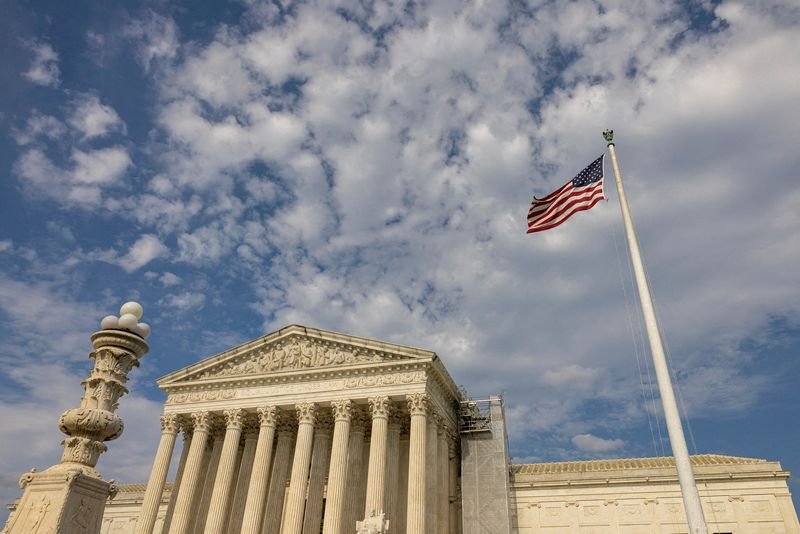U.S. Supreme Court Overturns Block on Trump’s Federal Layoffs
In a significant legal decision, the United States Supreme Court has reversed a previous order that had prohibited the mass federal layoffs initiated by former President Donald Trump. This ruling marks a pivotal moment in the ongoing discussions surrounding government employment policies and economic strategies.
Background of the Case
The legal battle stemmed from Trump’s 2018 executive order aimed at streamlining federal agencies, which included provisions for extensive workforce reductions. Critics argued that the layoffs would severely undermine public services and disproportionately affect employees in crucial roles. However, supporters contended that these changes were necessary for improving efficiency and reducing government spending.
Earlier decisions by lower courts had temporarily halted these layoffs, citing potential violations of federal labor laws and concerns for the workforce. This put the Supreme Court in a crucial position to interpret the balance between executive power and employee rights.
The Supreme Court’s Decision
In a narrow ruling, the Supreme Court found in favor of Trump, concluding that the executive branch holds significant authority to reorganize the federal workforce. The Court emphasized that such decisions can be seen as part of the President’s broader powers to manage the government effectively.
The ruling sparked immediate reactions from various stakeholders, including labor unions, political commentators, and even members of Congress. Many expressed concerns over the implications for thousands of federal employees who may now face job uncertainty.
Implications for Federal Employees
The decision raises important questions about job security for federal workers. As the Trump administration moves forward with its layoff plans, employees in affected agencies may need to prepare for potential changes. The uncertainty surrounding their positions could lead to increased anxiety and disruption in the workforce.
Federal employees have historically relied on job stability as a quintessential component of their employment. This ruling imposes a new risk factor that could influence the morale and operational effectiveness within various federal agencies.
Public Response
The public response has been mixed, reflecting the divisive nature of Trump’s policies. Supporters of the decision argue that a leaner government could ultimately benefit taxpayers and allow for more focused services. Conversely, opponents warn that the layoffs could compromise essential functions, particularly in sectors such as healthcare, education, and public safety.
Labor unions have pledged to intensify their efforts in advocating for employee rights and job security. They’ve indicated plans to challenge any immediate layoffs through negotiations and protests, emphasizing the need for protections for vulnerable workers.
Looking Ahead
As the Trump administration seeks to implement these changes, legal experts are closely monitoring the situation. Future court decisions could further clarify the boundaries of executive authority and the extent to which the federal government can alter its workforce.
Moreover, policymakers are likely to engage in discussions about potential legislative measures to protect federal employees from similar actions in the future. This ruling could serve as a catalyst for more significant reforms regarding employment practices at the federal level.
Conclusion
The U.S. Supreme Court’s ruling to lift the block on Trump’s mass federal layoffs sets a precedent for executive power in workforce management. It not only affects thousands of federal employees but also sparks an ongoing national conversation about the role of government and its employees. As developments unfold, stakeholders across the spectrum will likely continue to advocate for their respective positions, making this a key issue in the political landscape.
